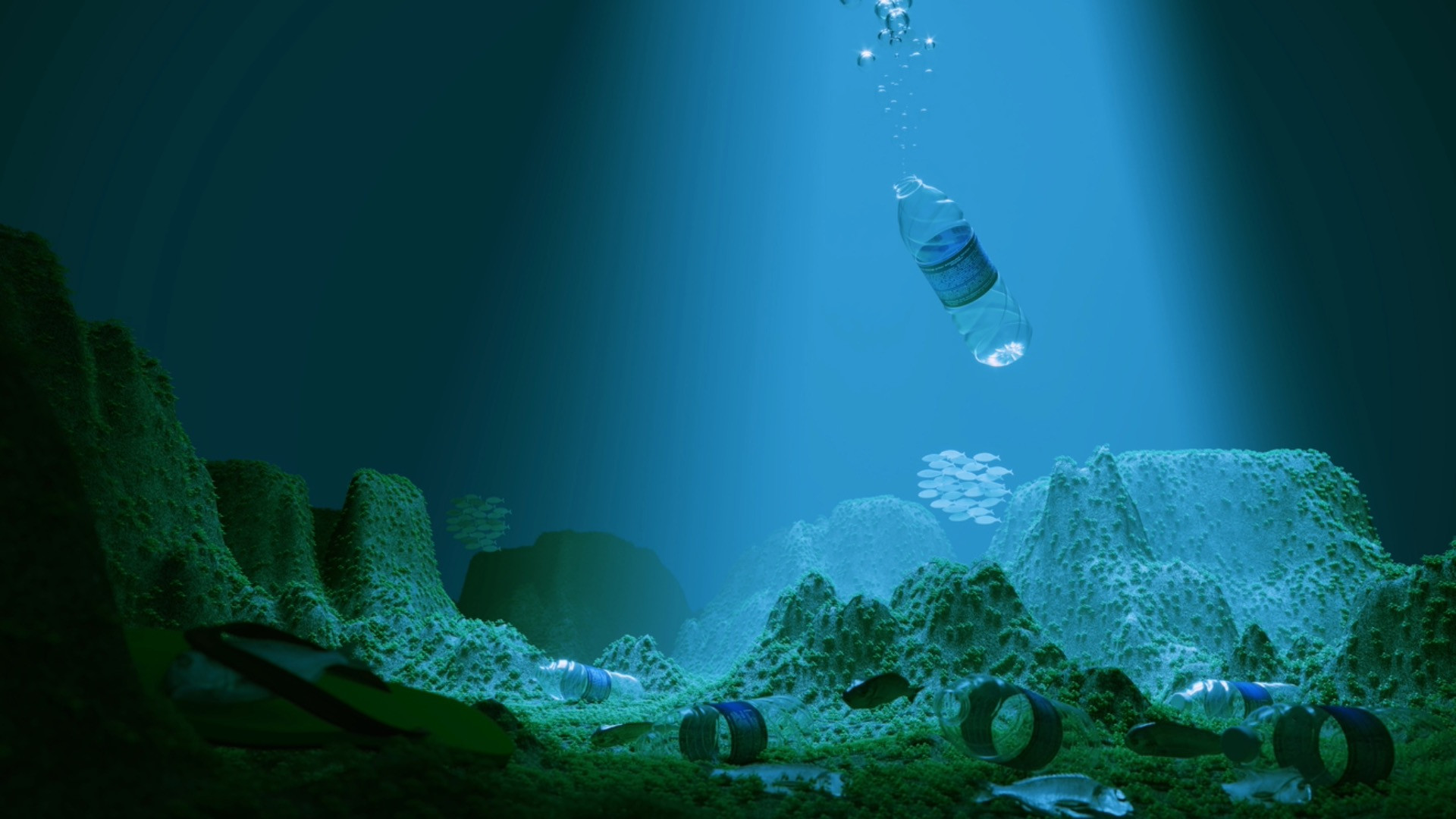The research team conducted experiments involving two bacterial species: Vibrio natriegens and Ideonella sakaiensis.
Vibrio natriegens primarily inhabits saltwater ecosystems and is notable for its rapid reproduction rate. On the other hand, Ideonella sakaiensis possesses enzymes that give it the power to break down as well as ingest PET quickly, distinct from its.
As a result, the researchers isolated the genetic sequence from the latter (Ideonella sakaiensis) and integrated it into a plasmid. Plasmids are genetic sequences that may replicate independently within a cell even when it is distinct from the cell’s original chromosome.
“In other words, you can sneak a plasmid into a foreign cell, and that cell will carry out the instructions in the plasmid’s DNA. And that’s exactly what the researchers did here,” noted the release.
The scientists then carefully incorporated the plasmid containing Ideonella sakaiensis genes into Vibrio natriegens bacterium in the lab. The resultant, V. natriegens was able to produce the required enzymes on its cell surface.
The researchers demonstrated that V. natriegens could degrade PET in a room-temperature-based saltwater setting.
“From a practical standpoint, this is also the first genetically engineered organism that we know capable of breaking down PET microplastics in saltwater. That’s important because it is not economically feasible to remove plastics from the ocean and rinse high concentration salts off before beginning any processes related to breaking the plastic down,” said Tianyu Li, the first author of this new study



Makes me think of that Cronenberg episode of Rick and Morty - Rick Potion No. 9.